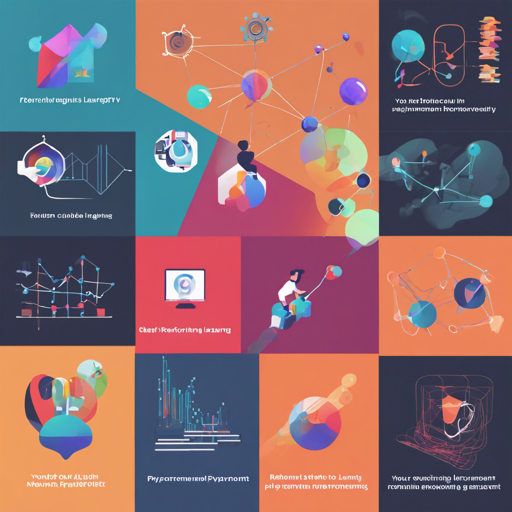TorchRL is a groundbreaking open-source Reinforcement Learning (RL) library designed to work seamlessly with PyTorch. It’s tailored to enable researchers and developers to dive into the world of RL with efficiency and flexibility. In this article, I’ll guide you through the steps to get started with TorchRL, troubleshoot common issues, and use advanced features like TensorDict to simplify your RL codebase.
Key Features of TorchRL
- Python-first: Built with Python as the primary interface for ease of use.
- Efficient: Specifically optimized for performance to support intense RL research applications.
- Modular: Highly modular architecture allows for easy swapping, transformation, and creation of new components.
- Documented: Comprehensive documentation ensures quick onboarding for new users.
- Tested: Rigorously tested for reliability and stability.
- Reusable Functionals: Provides a suite of reusable functions for cost functions, returns, and data processing.
How to Install TorchRL
To start using TorchRL, follow these steps:
- Create a new Conda environment:
- Activate your environment:
- Install PyTorch (follow instructions from here for detailed setup).
- Install TorchRL:
- Optionally install additional dependencies:
conda create --name torch_rl python=3.9conda activate torch_rlpip3 install torchrlpip3 install torchrl[atari,dm_control,gym_continuous,rendering]Using TensorDict for an Efficient Codebase
With TorchRL, you can leverage TensorDict to simplify your RL code. Consider it like a well-organized toolbox for all your parts and tools (or data). Instead of rummaging through a cluttered garage (your old code style), you can quickly grab what you need from neatly arranged boxes.
Sample Code: Complete PPO Training Script
The following code shows how to write a complete PPO training script using TensorDict in less than 100 lines:
import torch
from tensordict.nn import TensorDictModule
from torchrl.collectors import SyncDataCollector
from torchrl.data.replay_buffers import TensorDictReplayBuffer
from torchrl.envs.libs.gym import GymEnv
from torchrl.modules import ProbabilisticActor, ValueOperator, TanhNormal
from torchrl.objectives import ClipPPOLoss
from torchrl.objectives.value import GAE
env = GymEnv("Pendulum-v1")
model = TensorDictModule(
nn.Sequential(
nn.Linear(3, 128), nn.Tanh(),
nn.Linear(128, 128), nn.Tanh(),
nn.Linear(128, 128), nn.Tanh(),
nn.Linear(128, 2), NormalParamExtractor()
),
in_keys=[observation], out_keys=[loc, scale]
)
# Critical components initialized...
for data in collector:
for epoch in range(10):
# training logic...
In this analogy, the TensorDict acts as a unified structure allowing various components – environment, models, and training loops – to communicate effortlessly, ensuring you spend less time managing data and more time enhancing your RL algorithms.
Troubleshooting Common Issues
If you encounter issues such as ModuleNotFoundError: No module named ‘torchrl._torchrl', you may consider the following:
- Ensure you are not trying to import TorchRL from within the git repo location.
- If the error persists, check your installation by verifying the logs after running
python setup.py develop. - For MacOS users, ensure XCode is installed and you’re using the correct architecture for your Python build.
- If all else fails, you can seek help by opening an issue in the TorchRL repository.
For more insights, updates, or to collaborate on AI development projects, stay connected with fxis.ai.
Conclusion
At fxis.ai, we believe that such advancements are crucial for the future of AI, as they enable more comprehensive and effective solutions. Our team is continually exploring new methodologies to push the envelope in artificial intelligence, ensuring that our clients benefit from the latest technological innovations.

